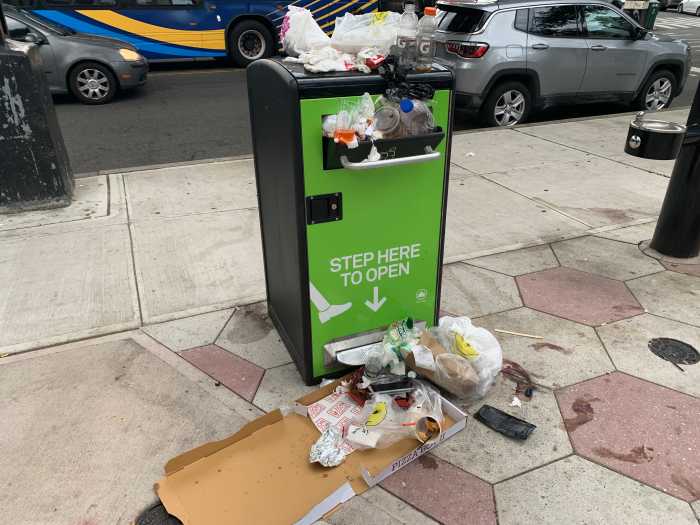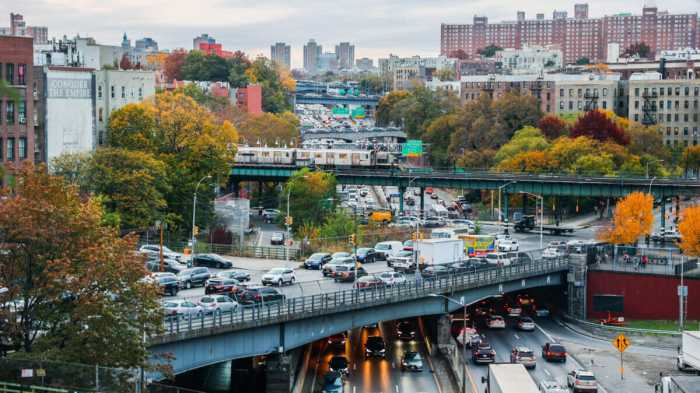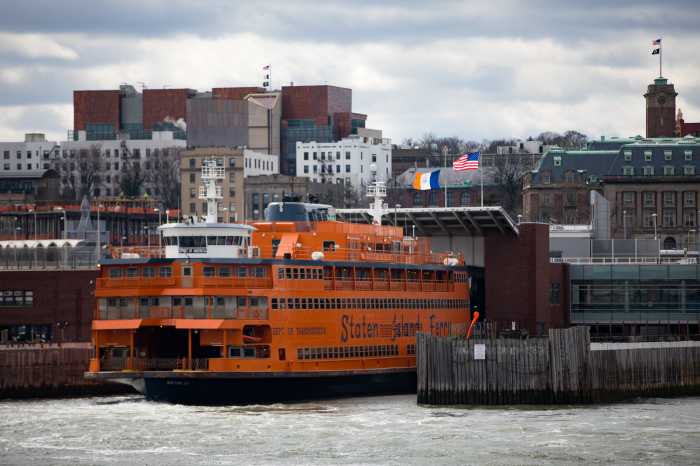With the subway system in full crisis mode, transit advocates have a message for the MTA: Don’t forget the bus.
After a series of high-profile subway service failures, including an A train derailment this summer, MTA chairman Joe Lhota unveiled a $800 million subway improvement plan and has ranked soaring train delays as his top priority.
But bus service has experienced its own slow, steady decline over the years that advocates and elected officials fear isn’t getting enough attention.
“Bus service has seen a long decline over a number of years. While the focus has been on the subways — and rightfully so, given the circumstances — buses are still very important for areas of the city, especially communities that are not served well by subways,” said Bronx Assemb. Jeff Dinowitz.
The assemblyman will join transit advocates and other elected officials Tuesday at a rally outside MTA headquarters in downtown Manhattan to call for a greater focus on improving city buses, which carry about 2.4 million people each weekday. (The subway system, by comparison, carries about 5.7 million.)
“Bus service has been overlooked for decades, so unless there’s constant pressure, there won’t be changes,” said Jon Orcutt, spokesman for TransitCenter, which, as part of a coalition of groups, launched a Bus Turnaround Campaign in 2016 to spotlight shoddy bus service and outline fixes.
Even with all the maladies, ridership on the subway has remained relatively steady over the first six months of the year. But bus service continued to lose ridership during that period. Ridership dropped 2 percent in the first six months of 2017, compared with the same time period last year — from about 76 million average monthly trips to 74.4 million average monthly trips.
“People are tolerating subway service and they’re voting with their MetroCards to abandon the bus,” Orcutt said.
It’s not clear to advocates where those bus trips are going — whether it’s to ride-hailing apps, bicycles or private vehicles — but there is an agreement that the MTA, which operates city buses, and the city’s Department of Transportation, which controls city streets, need to do more to address slow and unreliable bus service.
The top three bus fixes of the Bus Turnaround Campaign are already in place and have proven successful around the city, mostly just on Select Bus Service routes: dedicated bus lanes, all-door bus boarding and technology called transit signal priority, or TSP. The tech allows for buses to communicate with traffic signals that can either hold green lights, or quicken red lights for approaching buses, reducing the time spent waiting at intersections.
The city said last month it would be adding TSP to intersections along 10 more routes by 2020, though Dinowitz said a proper expansion should be far wider.
“We can take steps that will bring people back to the buses,” Dinowitz said. “And a lot of the fixes can happen more quickly and a whole lot cheaper than longer term subway problems.”







































